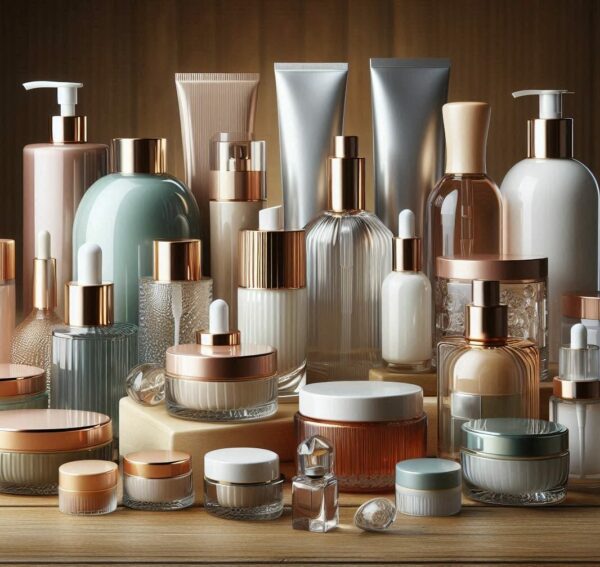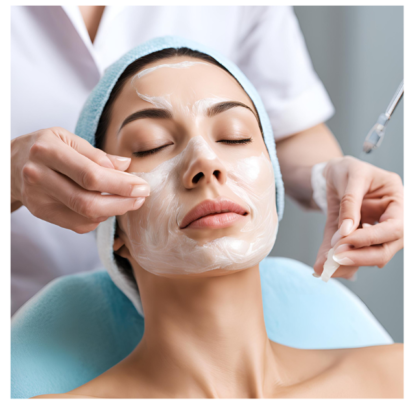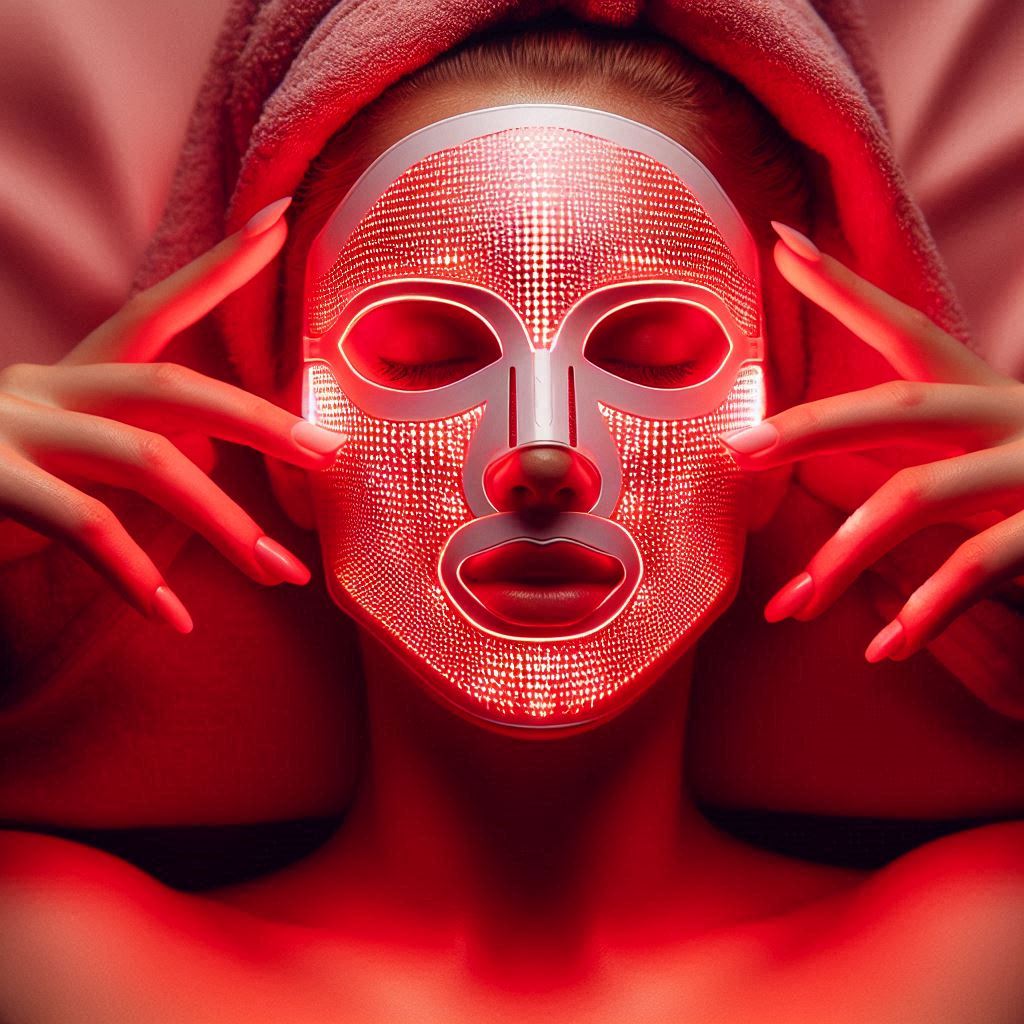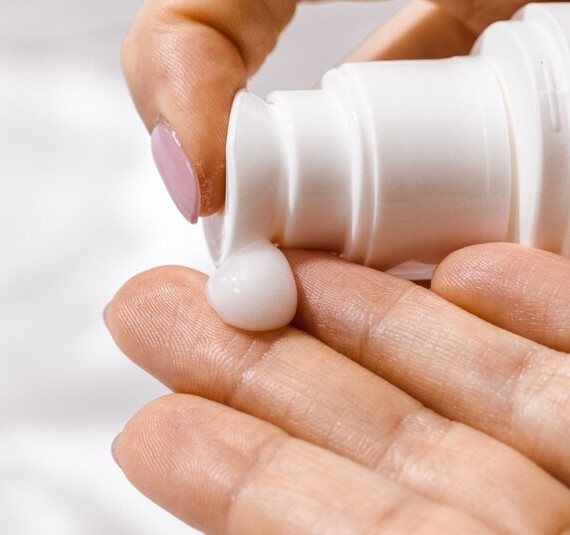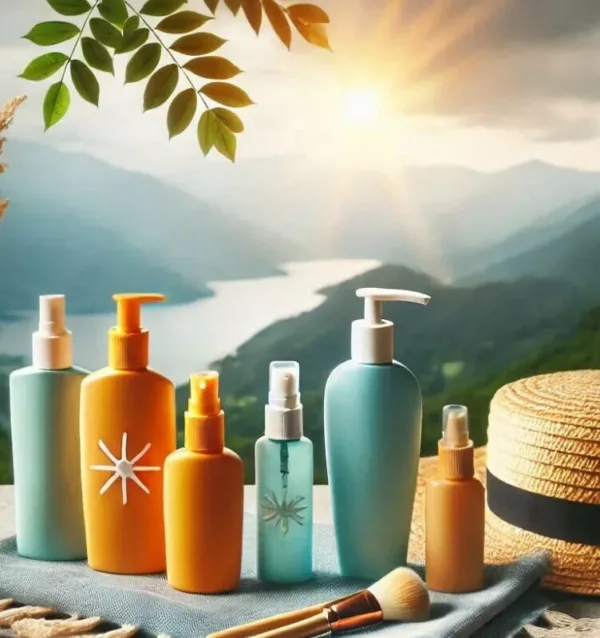Anti-aging creams are like that little touch-up before the selfie, except they’re working on your skin’s deeper layers. These creams are formulated with ingredients that target signs of aging such as wrinkles, fine lines, and age spots. Think of them as a cocktail of hydration, protection, and repair. Their magic often lies in ingredients like retinol, hyaluronic acid, and peptides, which are known for boosting collagen, sealing in moisture, and firming up the skin. This post is all about what to know before buying anti-aging cream.
Now, some of you might be thinking, do these creams actually help? Science says yes, no, and maybe, depending on how picky you are and which product you choose. Results vary per person, but these creams often deliver visible improvements in skin texture and hydration with regular use. They’re like gradual helpers rather than overnight miracle workers. So, managing expectations here is pretty crucial.
Beyond the obvious goal of reversing the years, anti-aging creams give a good ride in the skincare department overall. This stuff helps maintain skin’s moisture levels and can even out skin tone. They’re all-rounders, helping keep the skin barrier healthy which is crucial for overall protection from environmental damage.
It’s easy to buy into myths about anti-aging products being a one-stop fix for all skin issues. They aren’t. Still, they’re incredibly useful tools in your skincare arsenal if you’re realistic about what they can achieve and patient enough to stick with them over time.

